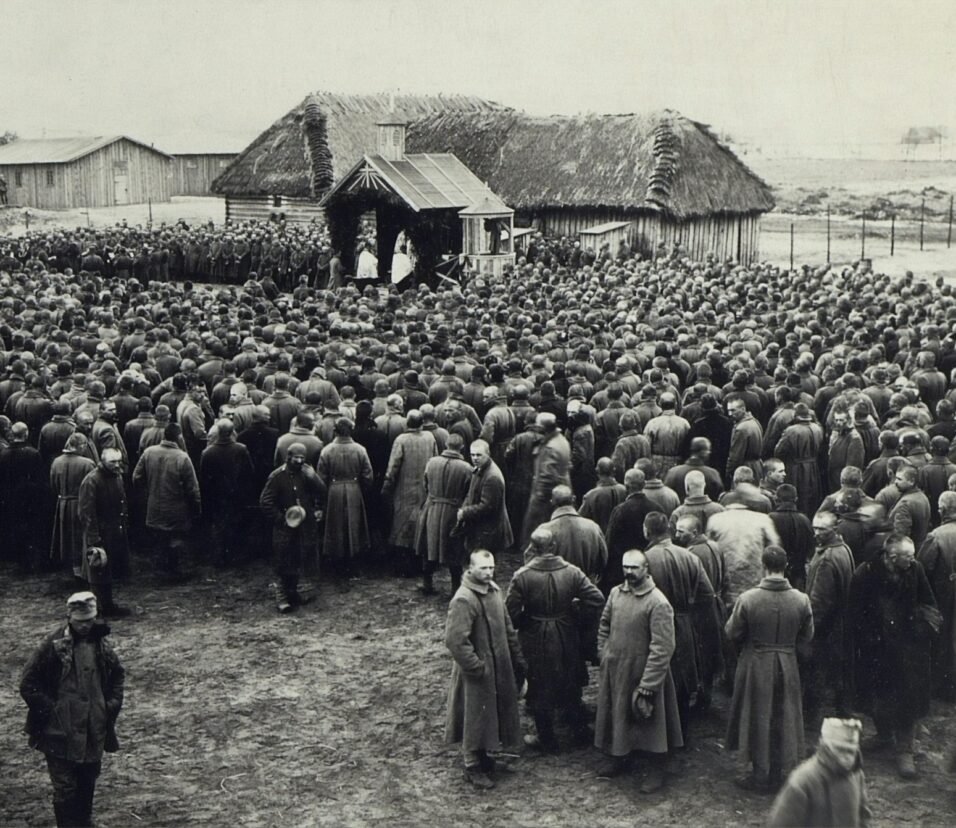Compromises of the Constitution
The U.S. Constitution, regarded as a monumental blueprint for governance, wasn’t achieved without enduring several compromises. These negotiations bridged divides, both geographical and ideological, and were crucial in the formation of a united republic. In this exploration, we’ll delve into the significant compromises that shaped the Constitution and, consequently, the United States of America.
Introduction
The Constitutional Convention of 1787 in Philadelphia was marked by heated debates and sharp disagreements. Delegates from twelve states (Rhode Island declined to participate) gathered with the task of revising the Articles of Confederation but soon embarked on drafting a new document altogether. Their challenge was uniting divergent interests into a cohesive vision for national governance.
The Great Compromise (Connecticut Compromise)
The tension between large and small states was evident in their vision for representation in the new Congress.
- Virginia Plan: Proposed by the larger states, this plan sought representation based on population or monetary contributions to the national coffers.
- New Jersey Plan: Favored by smaller states, this plan pushed for equal representation for all states, irrespective of their size or population.
- The Compromise: The two-house system—The House of Representatives (based on population) and the Senate (equal representation)—became the agreed-upon solution. Each state would have two senators, while representation in the House would vary with population.
The Three-Fifths Compromise
Slavery, a contentious issue, posed a significant challenge. Southern states, with large enslaved populations, wanted them counted for representation purposes but not for taxation.
- The Compromise: It was agreed that for every five enslaved people, three would be counted both for representation and taxation purposes. While this compromise made the Constitution’s ratification feasible, it sowed seeds for future discord.
Commerce and Slave Trade Compromise
Differences between the North and South surfaced again over-regulation of commerce and the transatlantic slave trade.
- Northern Stance: The northern states, driven by commerce and industry, wanted the federal government to have the power to regulate trade.
- Southern Concerns: Southern states feared this power could interfere with the slave trade and place tariffs unfavorable to their agricultural exports.
- The Compromise: Congress received the power to regulate trade but couldn’t impose tariffs on exports or ban the transatlantic slave trade for 20 years (until 1808).
Election of the President: The Electoral College Compromise
The method of electing a president was another hurdle. While some delegates championed direct popular vote, others were wary of a tyranny of the majority or believed the general populace lacked the knowledge to make an informed choice.
- The Compromise: The Electoral College system was introduced. Citizens would vote for electors, who would then cast votes for the president. This system ensured a buffer against potential mob rule while acknowledging the people’s voice.
Limits on Federal and State Power
The tug of war between federal power and state sovereignty was a continuous thread throughout the Convention.
- The Compromise: The Constitution delineated certain powers to the federal government, reserved others for states, and shared some between both. The Tenth Amendment further clarified that any powers not granted to the federal government nor prohibited to the states would be reserved for the states.
Bill of Rights
The original draft of the Constitution faced criticism for not safeguarding individual liberties against potential government tyranny.
- The Compromise: To ensure ratification, the First Congress proposed the Bill of Rights, which was adopted in 1791. These ten amendments guarantee fundamental rights such as freedom of speech, religion, and the press, offering a protective shield against government overreach.
Revisiting the Three-Fifths Compromise
The Three-Fifths Compromise remains one of the most controversial elements of the Constitution. Its legacy is two-fold:
- Short-term Influence: It offered southern states a distinct advantage in terms of representation, allowing them to bolster their political power and influence the national agenda.
- Long-term Repercussions: The compromise became a focal point of contention, underscoring the inherent contradiction of a nation that professed liberty and justice while institutionalizing inequality. The unresolved tensions surrounding slavery would culminate in the Civil War.
The Evolving Nature of the Electoral College
Over time, the Electoral College has been the subject of debate, with many questioning its relevance in modern democratic society.
- Contemporary Concerns: Critics argue that it can lead to situations where a candidate can win the popular vote but lose the presidency, as seen in the 2000 and 2016 elections. This disparity has reignited discussions about the system’s fairness and appropriateness.
The Commerce Compromise: Laying Groundwork for Economic Disparities
The decision to allow Congress to regulate trade without interfering in the slave trade for two decades had broad ramifications:
- Economic Implications: This compromise enabled the southern states to continue their reliance on enslaved labor, fostering economic growth through agriculture. At the same time, the North progressed in terms of industry and commerce, setting the stage for regional economic disparities.
- Moral Implications: By sidestepping a definitive stance on the slave trade, the nation postponed a crucial moral reckoning, leading to heightened tensions in subsequent years.
Conclusion
The U.S. Constitution, revered as a cornerstone of democratic governance, was forged in the crucible of compromise. These negotiations reflected the framers’ foresight, adaptability, and commitment to crafting a resilient yet flexible framework for the nation. Today, as we navigate the Constitution’s provisions, it’s crucial to remember the spirit of collaboration and unity that birthed it—offering lessons in consensus-building for current and future generations.







